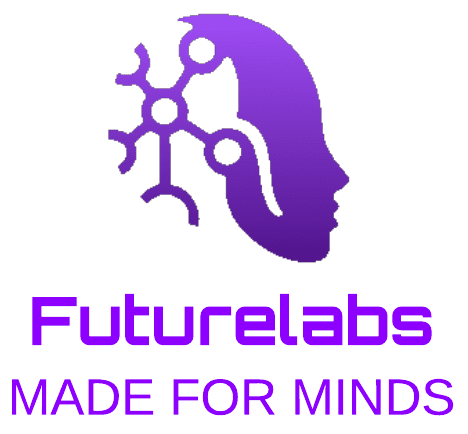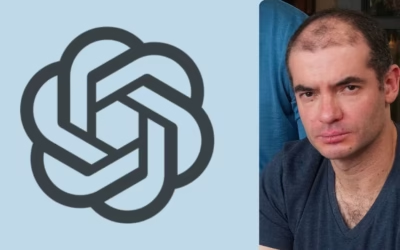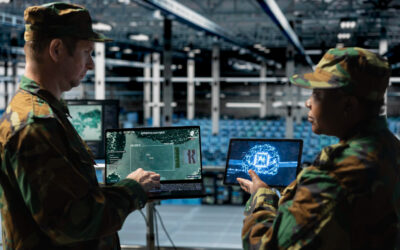The University of Navarra professor believes that learning outcomes are no longer what matters most and that the focus should be on teaching students to reflect on the process
Two years after its debut, ChatGPT continues to fuel the fire of the educational debate. The balance, however, is slowly beginning to tip in favor of those who have started asking: how do I integrate it into the classroom? Francesc Pujol (58 years old, Barcelona) knows there is more than one answer, but above all, he insists that educators can no longer ignore this tool. A professor of economics and leadership at the University of Navarra, where he has been teaching for 26 years, he is well aware of the risks, limitations, and opportunities offered by this disruptive technology. He has compiled them in two books on the use of artificial intelligence in education. He also leads IAdocents, a campus-based working group, and has trained around 900 teachers (both university and secondary level) on how to better and more effectively integrate AI into the classroom.
Q: Has ChatGPT defeated teachers?
A: I know many teachers who feel defeated, accepting that this tool has entered the classroom without their permission and that they must do something about it. Suddenly, all student assignments are wonderful, incredible, deep—but then, when those same students take exams, they are just as good or as bad as in previous years. They’ve had to accept that there is a tool capable of producing high-level results, often reactively. Some say, I won’t assign papers anymore and will place all the weight on final or midterm exams. However, there is also a growing number of university and secondary teachers preparing to respond to this change.
Q: What is the key to making this transition peaceful?
A: It’s understandable that teachers think the focus should be on better understanding the tool, how it works, and how to give it the right instructions. However, that’s not the key. The focus is on the task—on rethinking the process, not the outcome. Results increasingly provide less information about the students’ knowledge, learning, or effort, because they are generated by a program. What’s vital is tracking the process. There are two ways to channel this: you can assign a paper that includes evidence of the process, or you can work with them directly in class. The goal is to document, make visible, and grade the evolution toward a final answer.
Q: What kind of effort do teachers need to make now?
A: It forces you to constantly think about things you didn’t need to consider before, like what learning this assignment brings to the student in their process of knowledge and reflection. Before AI, if you asked a student to write a paper, you knew they would learn something no matter what, because they had to construct the information on their own. Now, the content of assignments doesn’t provide information anymore, so you have to think about how to evaluate the process. That takes you straight to the heart of pedagogy and teaching vocation, because you have to reconsider what you want your students to learn.
Q: Is it important for this to happen in secondary education as well?
A: We’re risking a lot in secondary education. A poor use of AI at the university level results in many weak papers and, in general, low learning. But in secondary school, the problem is that poorly integrated AI might lead students to think less, right when they are developing their cognitive abilities, critical thinking, and analytical skills. It’s crucial to act. All of those abilities can atrophy if ChatGPT solves every problem and the teacher doesn’t intervene. The teacher’s role must be to mitigate the risks of this new tool and amplify the potential of its added value.
Q: So, how can this technology be used effectively in the classroom?
A: Used correctly, ChatGPT allows you to see all the relevant elements of a problem. The program knows how to assign different weights to each of the elements involved in a written paper, identify relevant arguments in a text, and therefore, if the student is able to understand that process, it helps improve their analytical ability and also develop critical thinking.
Q: How do you integrate generative AI into your classroom?
A: Students must submit two documents to me: one with the essay, and another with the making-of of the text. In the latter, I ask them to identify all the parts of the essay, the instructions they followed to craft each paragraph, what they did to improve a response if it was too simplistic, or the follow-up prompts they used. That’s the space we need to take students to. If a student allows a false claim to slip into the work, they get a zero immediately. I also tend to show, with the students’ permission, best practices so they can learn from each other.
Q: Is the learning process improving?
A: Thanks to ChatGPT, I force students to make their thought process about the generated content explicit. So at the very least, I make them read the content. Because let’s not fool ourselves—before ChatGPT, people weren’t learning much either, as they were copying content they found on Google. Now the problem is that they can generate content that contains falsehoods. Either they learn to identify those falsehoods, or they will have a massive problem in their professional future. The teacher’s role must be to mitigate the risks of this new tool and amplify its potential.
Q: What lessons has this process taught you?
A: As a teacher, I enjoy reading those texts and I can learn from them, because clearly, a university student’s essay didn’t use to offer me anything—it only exposed very basic things. Now I find interesting, valuable, and deep reflections that, even though they weren’t created by the students themselves, they are validated by them. Students are getting used to working with more detailed analyses, rich in nuance, and that’s something they’re going to absorb. I know this new way of working forces them to think, because it is impossible to interact with ChatGPT without thinking.
Q: How will this evolve over the next two years?
A: Very soon, these tools won’t just answer questions—they will carry out complete tasks, such as detailed analyses of a startup’s business model, the development of a legal case, or even a full final thesis project. This also pushes us to rethink the way research is conducted. Better methodologies and activities will also emerge, ones that capture the entire process developed by ChatGPT and validated by a student. There are already tools that record everything that happens when students use AI.
Q: Where are we headed?
A: The human ability to keep up with this rapid technological transformation is falling behind. It’s very difficult to keep pace. And even more difficult to incorporate this change into the social and organizational realms. Organizational culture advances more slowly than the needs. We see that what we’re doing is outdated, it doesn’t make much sense, but we’re overwhelmed—we don’t have the capacity to apply the change now, in real time. This requires a thorough review and a broad readjustment. And we must also keep in mind that there could be disparities between one educational institution and another, between one country and another, between those with more resources and those with fewer. Those are the questions we will soon have to face.






0 Comments